

Gallery: Power Generation
PGE meets our area’s growing energy demands with a diverse mix of generation facilities that includes water power, wind, coal and natural gas combustion. In this gallery you’ll find photos and videos of several of PGE’s power generation facilities.
Hydropower generation (images | b-roll)
Pelton Round Butte hydroelectric project, Sullivan hydro plant and the Clackamas River:
Hydropower is a reliable, affordable source of emissions-free electricity that harnesses the power of water to generate energy. Dams stop the flow of a river, allowing us to direct it into the powerhouse where the water turns blades in a turbine, spinning a generator and producing electricity. Hydropower is a great partner to other renewables, providing a steady and reliable source of electricity that enables us to integrate more wind and solar.
B-Roll
Images







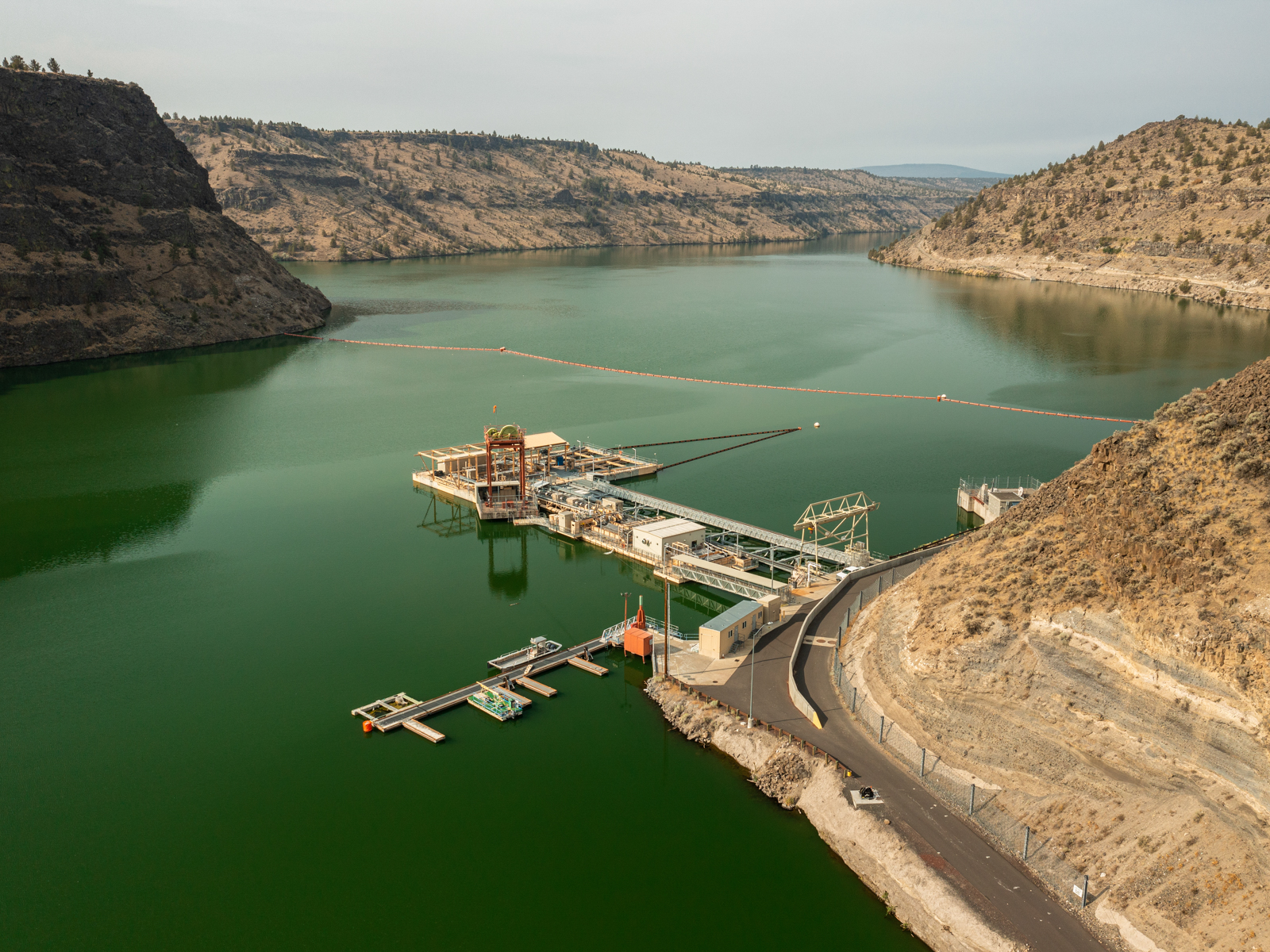

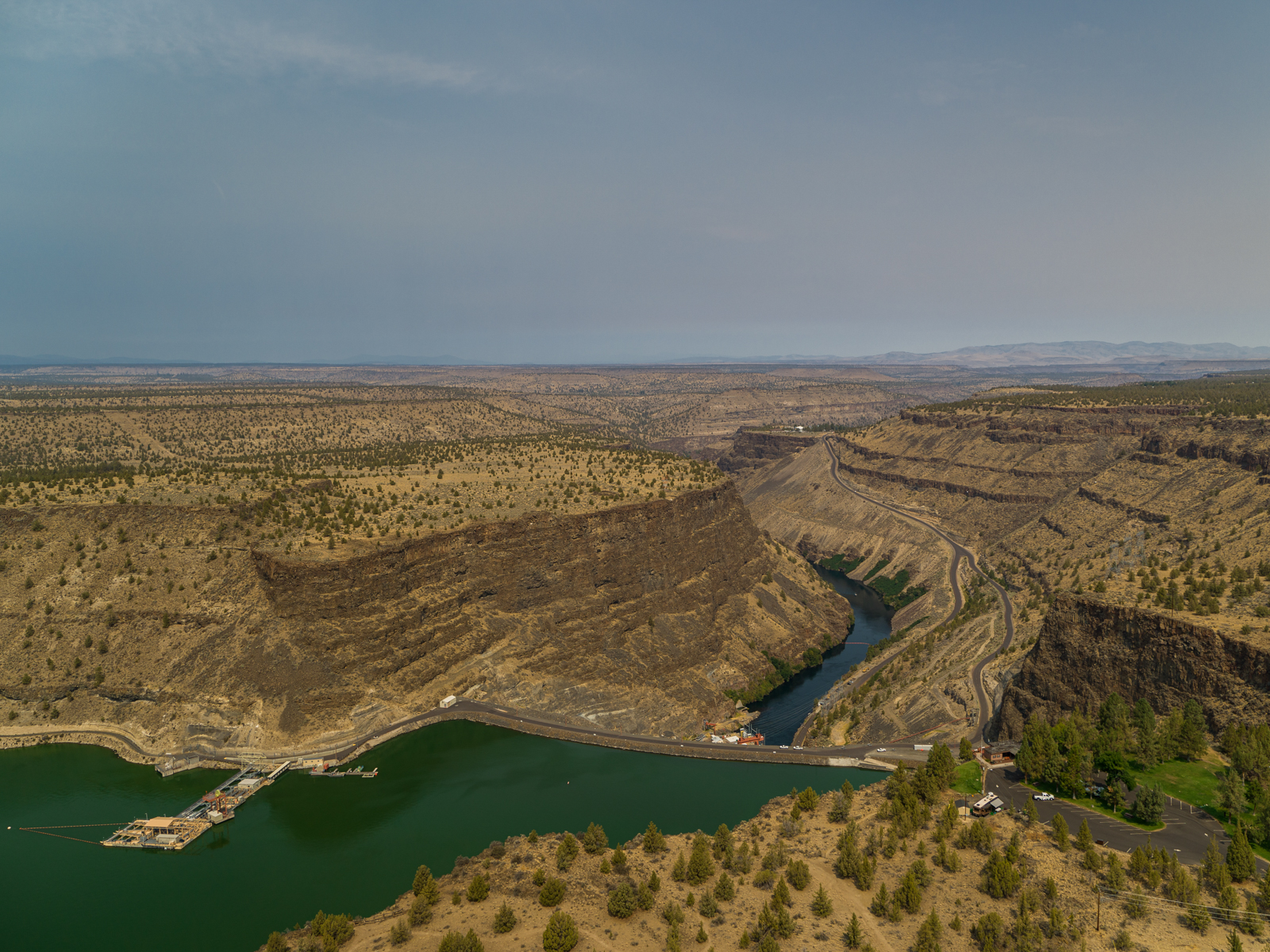



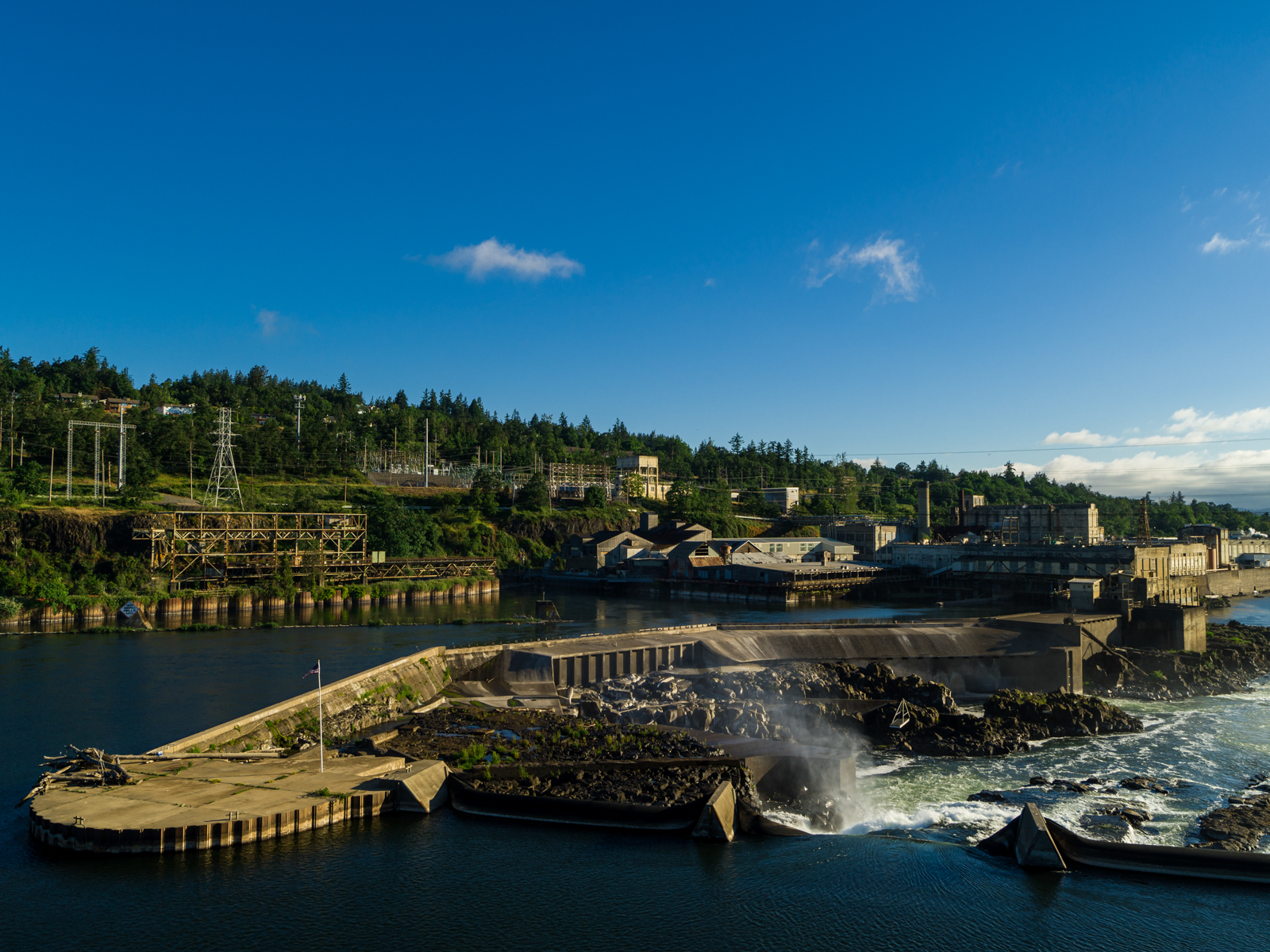


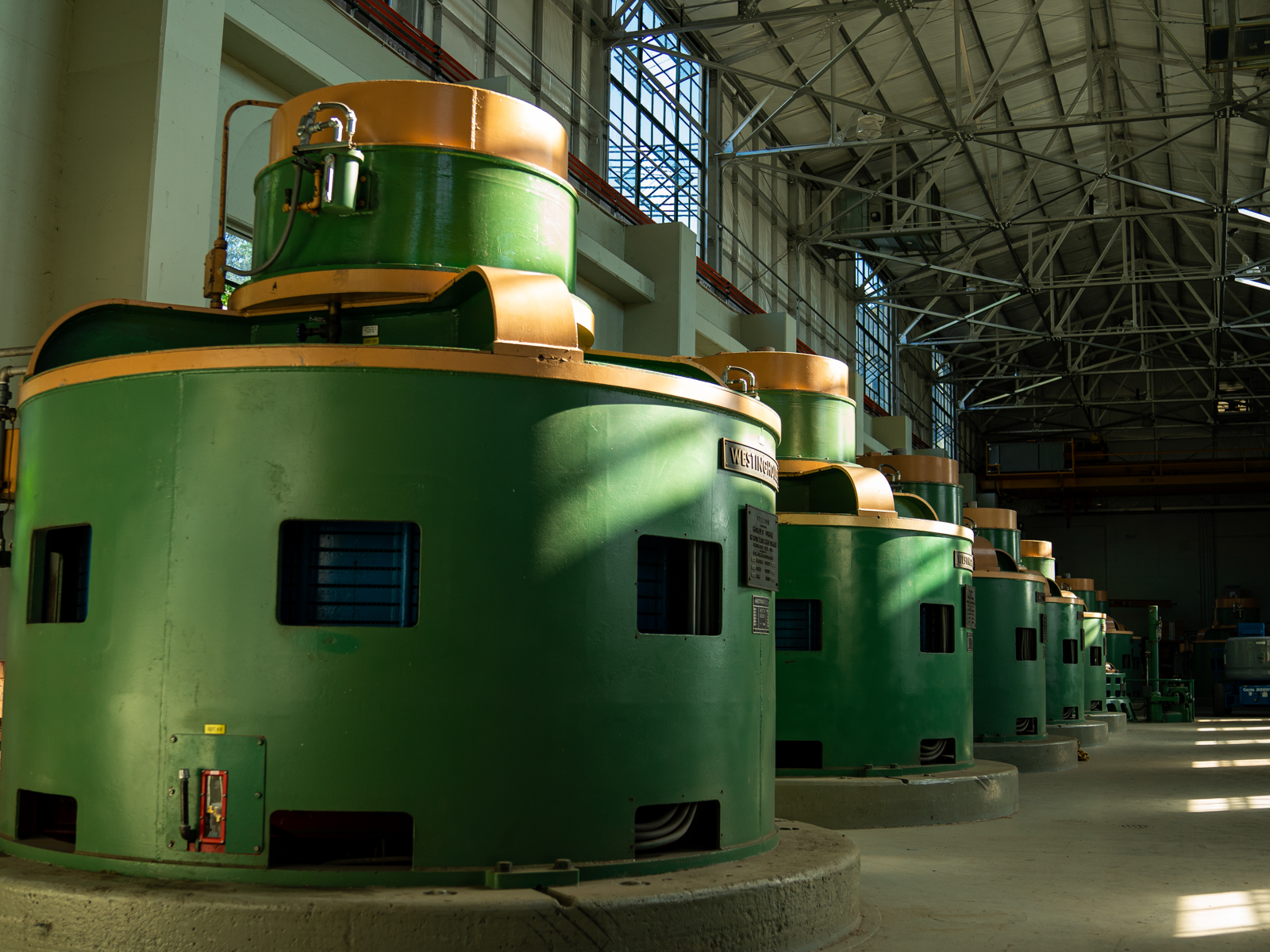
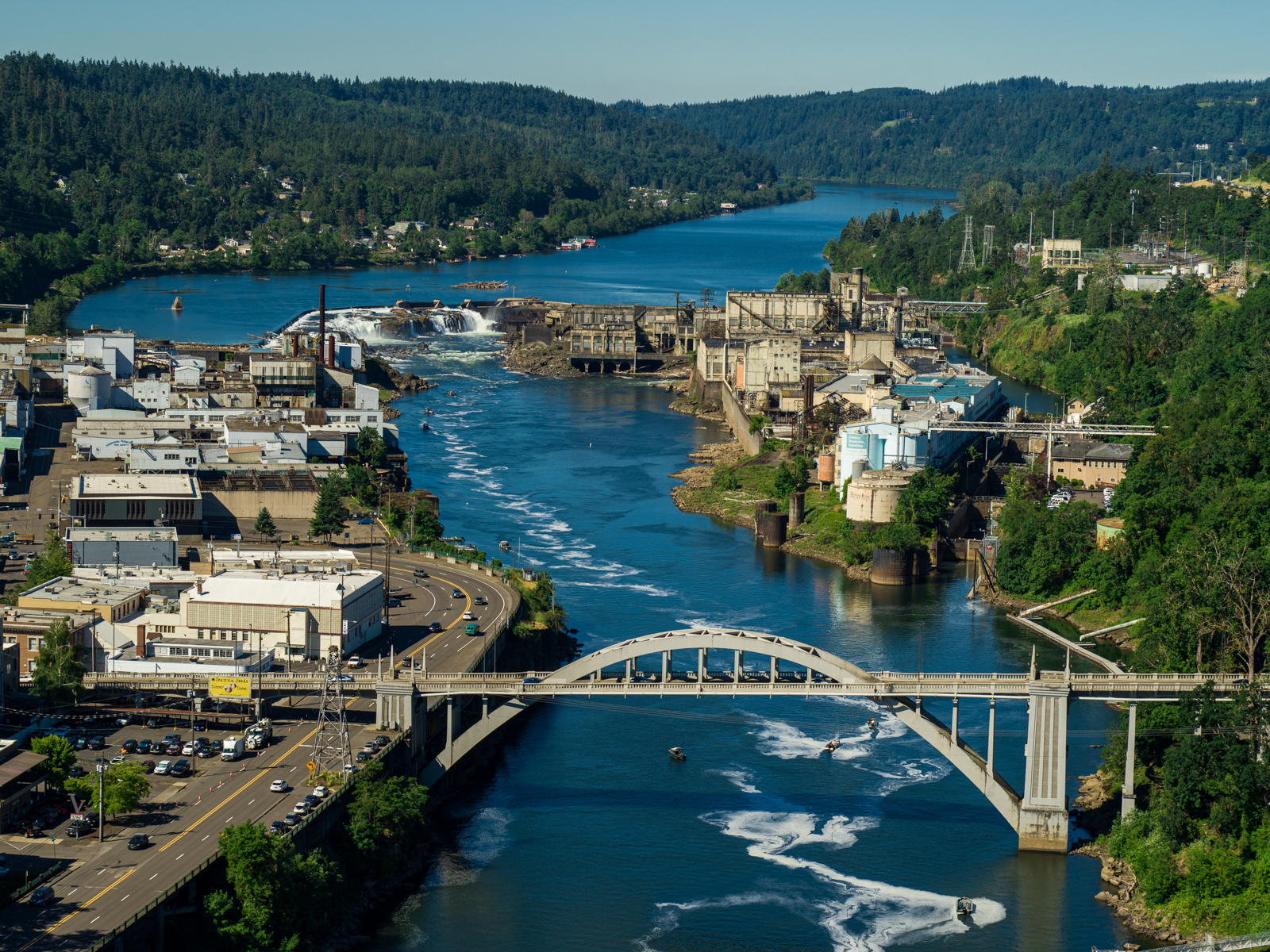



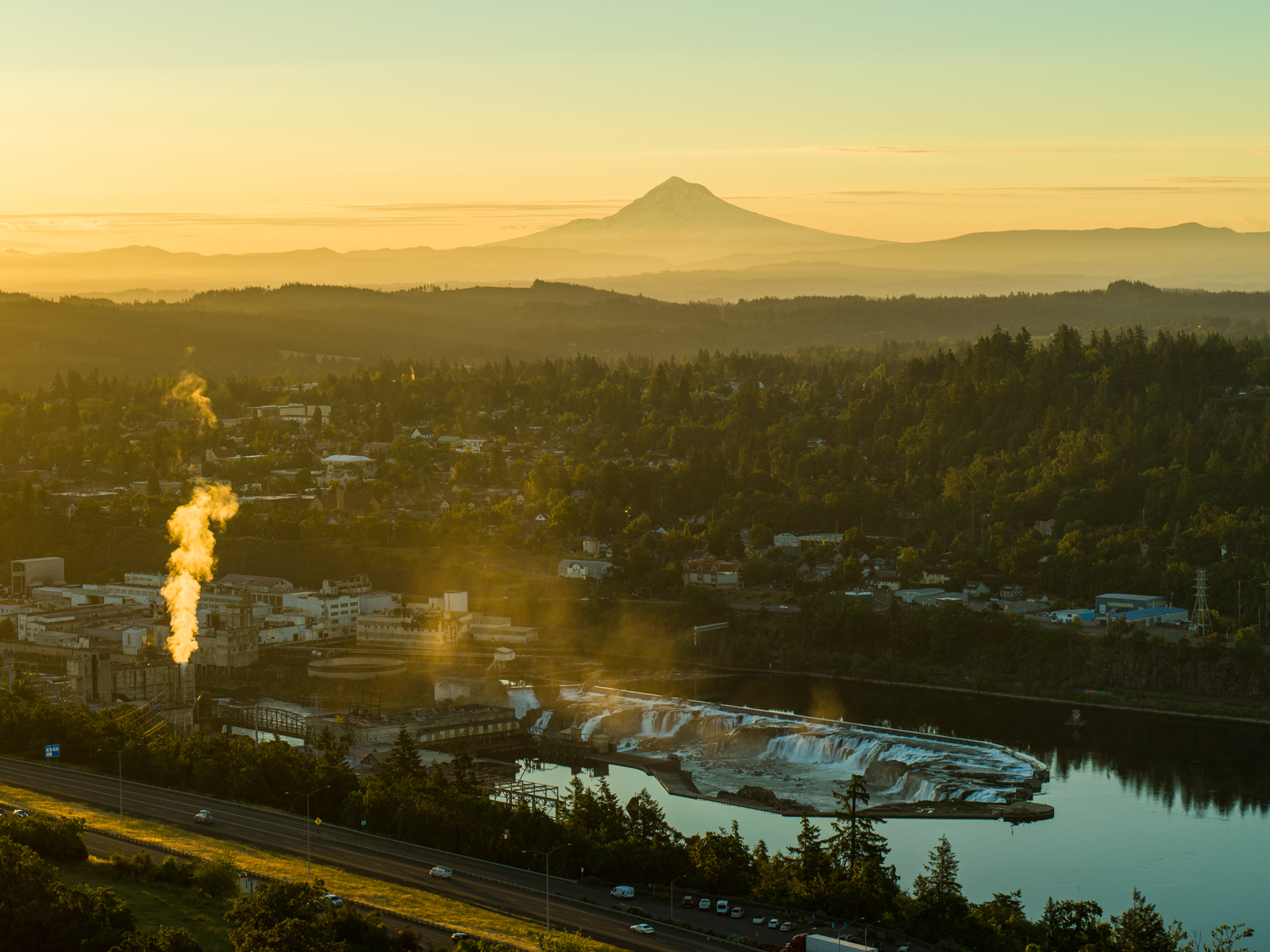



CUSTOMER SERVICE
7am-7pm, Monday – Friday